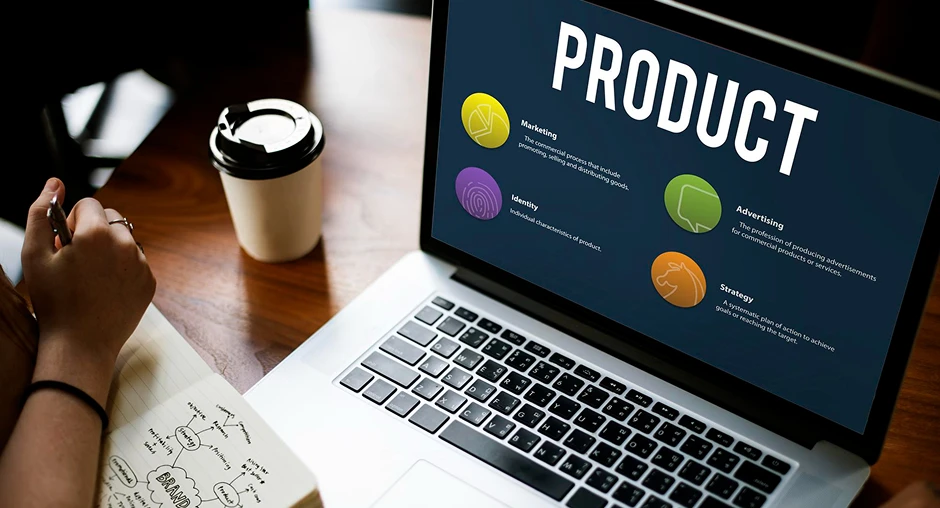
Building a Minimum Viable Product (MVP) to Attract Investors
In 2025, entrepreneurs looking to secure funding need to approach product development with efficiency and insight. The concept of the Minimum Viable Product (MVP), first popularized by Eric Ries, is an essential strategy for testing business ideas in the real world before diving into full-scale production. The term "lean startup" has become a common buzzword, and for good reason — it’s about building smarter, faster, and cheaper, ensuring that early-stage businesses are aligned with market demand.
The MVP approach encourages startups to create a simplified version of their product with just enough features to attract initial customers and validate key assumptions. Investors are increasingly looking for startups that understand the importance of early market validation through MVPs rather than relying on lengthy development cycles or untested ideas. Here’s a breakdown of how to approach the MVP concept and why it matters to potential investors.
What Is an MVP?
An MVP is not about creating a fully finished, polished product—it’s about testing a core idea with real customers in a cost-effective way. This allows entrepreneurs to gather valuable feedback and insights while conserving resources. Depending on the business model and product type, the form of an MVP can vary. For example:
- A prototype with basic functionalities.
- A video demonstration showcasing the product’s potential.
- A concierge MVP, where a service is manually delivered instead of being automated, allowing the business to test its hypothesis without significant investment.
The MVP serves as the foundation of a critical feedback loop: Build, Measure, Learn. Entrepreneurs test assumptions, learn from real-world usage, and iterate quickly, ultimately reducing the risk of developing a product that nobody wants.
Testing the Core Assumptions
There are several hypotheses that need testing at this stage: Value Hypothesis and Growth Hypothesis.
- Value Hypothesis: Does the product actually provide value to customers? Does it solve a real problem that potential users are willing to pay for?
- Growth Hypothesis: Can the product gain traction and spread among customers through word of mouth, online virality, or other organic growth mechanisms?
By releasing the MVP and seeing how users respond, entrepreneurs can gather data that helps refine the product and its market positioning. Instead of assuming customers will love the product, startups should focus on customer reactions, willingness to pay, and adoption rates. This feedback loop accelerates learning and is a crucial part of the lean startup methodology.
Tools for MVP Testing
There are numerous tools and platforms available to support MVP testing, allowing entrepreneurs to assess the viability of their ideas with minimal cost. For example:
- QuickMVP and InstaPage help create landing pages for testing product concepts, gauge customer interest through ads, and collect sign-ups, all before even having a working product.
- Optimizely and Unbounce provide A/B testing capabilities, enabling startups to experiment with different pricing models or messaging to better understand customer preferences.
The beauty of MVP testing is that it allows entrepreneurs to experiment without the need for large upfront investments, reducing the risk and maximizing the value of each iteration.
Crowdfunding as an MVP Testing Tool
One of the most exciting developments in recent years is the rise of crowdfunding platforms like Kickstarter and Indiegogo. These platforms provide an excellent opportunity to test MVPs while simultaneously raising capital. Entrepreneurs can showcase their product prototypes, offer early access to backers, and gauge interest before committing to full-scale production.
Crowdfunding not only validates product-market fit but also provides social proof—potential investors may be more inclined to back a business that already has a loyal customer base, even before the product has been fully developed. Additionally, a successful crowdfunding campaign demonstrates demand, which can be a key indicator for future success.
Observing Customer Behavior
After releasing an MVP, it’s crucial to pay attention to how customers interact with the product. Sometimes, customers will use the product in ways that the entrepreneur did not initially anticipate, providing valuable insights for future iterations. Tracking these behaviors, through tools like Google Analytics, user surveys, or even direct user feedback, helps entrepreneurs understand how to refine their offering.
Focus groups or one-on-one interviews can also be powerful tools for gaining deeper insights into customer reactions. These conversations, whether in person or via online platforms, provide qualitative data that can highlight unexpected issues or new opportunities for improvement.
Iterating Quickly
MVP testing is an ongoing process. Entrepreneurs need to take the data gathered from customer feedback, modify the product, and test again. This iterative approach can be repeated multiple times until the product aligns with market demands and is ready for larger-scale production.
For investors, seeing a business go through this cycle of testing and learning signals that the entrepreneurs are adaptable and focused on data-driven decision-making. It also shows that the business is not throwing all its resources into developing a product that has not yet been validated, reducing overall risk.
Final Thoughts
In today’s fast-paced startup world, creating a Minimum Viable Product is an essential step for entrepreneurs looking to attract investors. By focusing on customer feedback, testing key assumptions, and iterating quickly, businesses can reduce risk and prove the viability of their product in the market. For investors, startups that embrace the MVP approach demonstrate that they understand the importance of testing, learning, and refining ideas before committing to large-scale investments. This mindset ultimately helps ensure that businesses are set up for long-term success.